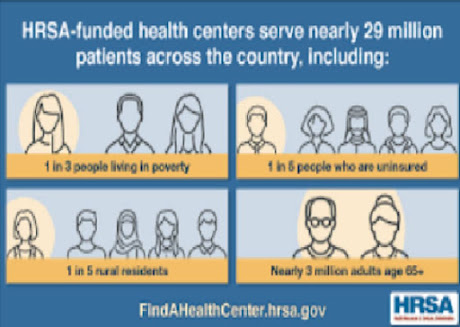Telemonitoring Service Health
Telemonitoring services in healthcare involve the remote monitoring and management of patients' health data and vital signs using technology, allowing healthcare professionals to track patients' conditions from a distance. Here's a comprehensive guide covering key aspects of telemonitoring services in health:
Definition and Purpose:
Telemonitoring is a subset of telehealth that involves the
continuous monitoring of patients' health metrics, such as blood pressure,
heart rate, glucose levels, oxygen saturation, and more, using digital devices
and communication technology. The primary purpose is to provide real-time data
to healthcare providers for remote assessment, intervention, and management of
patients' health conditions.
Benefits of Telemonitoring:
Continuous
Monitoring: Allows for real-time tracking of patients' health parameters
without the need for in-person visits, enabling early detection of changes or
abnormalities.
Improved Patient
Engagement: Engages patients in their care by providing them with insights
into their health data and encouraging self-management and adherence to
treatment plans.
Enhanced Access to
Care: Increases access to healthcare services for individuals in remote or
underserved areas, reducing the need for frequent hospital visits.
Timely Interventions:
Facilitates timely interventions and adjustments in treatment plans based on
immediate data access, potentially preventing emergency situations or hospital
readmissions.
Cost-Efficient Care:
Can reduce healthcare costs by minimizing hospital stays, preventing
complications, and optimizing resource utilization.
Technology Used in Telemonitoring:
Telemonitoring relies on various technologies, including
wearable devices, smart sensors, mobile apps, secure platforms, and cloud-based
systems. These devices collect and transmit health data to healthcare providers
or monitoring centers.
Applications of Telemonitoring:
Chronic Disease
Management: Telemonitoring assists in managing chronic conditions like
diabetes, hypertension, heart disease, and respiratory conditions by tracking
relevant health parameters.
Post-Discharge Care:
Enables remote monitoring of patients after hospital discharge, ensuring a
smooth transition and reducing the risk of readmission.
Elderly Care:
Helps in monitoring elderly patients living independently, providing peace of
mind for caregivers and immediate intervention in case of emergencies.
Maternal and Infant
Care: Facilitates monitoring during pregnancy, postpartum care, and infant
health by tracking vital signs or fetal movements.
Implementation Challenges and Considerations:
Technology Adoption:
Encouraging patients, especially older adults, to adapt to technology and use
devices regularly can be a challenge.
Data Privacy and
Security: Ensuring compliance with data privacy regulations (such as HIPAA)
and implementing robust security measures to protect patient health
information.
Integration with
Healthcare Systems: Seamless integration with electronic health records
(EHRs) and existing healthcare systems to enable efficient data sharing and
analysis.
Reimbursement and
Regulation: Understanding reimbursement policies and navigating regulatory
frameworks for telemonitoring services.
Telemonitoring Service Providers:
Companies and healthcare providers offering telemonitoring
services provide a range of solutions, from device provision and data
collection to interpretation and intervention.
Some organizations specialize in specific areas such as
cardiac monitoring, diabetes management, or remote patient monitoring
platforms.
Future Trends and Advancements:
Artificial
Intelligence (AI) Integration: AI-driven analytics for predictive modeling
and pattern recognition to anticipate health issues or trends.
Expansion of Remote
Care: Telemonitoring is likely to expand further, incorporating advanced
technologies like virtual reality, AI, and more sophisticated wearable devices.
Regulatory Changes:
Ongoing developments in regulatory frameworks to support telehealth and
telemonitoring services, potentially leading to broader reimbursement options.
Conclusion
Telemonitoring services have emerged as a valuable tool in modern healthcare, offering remote monitoring capabilities that improve patient outcomes, enhance access to care, and enable more proactive and personalized healthcare delivery. As technology continues to advance and healthcare systems adapt, telemonitoring will likely play an increasingly integral role in patient care and management.




Comments
Post a Comment